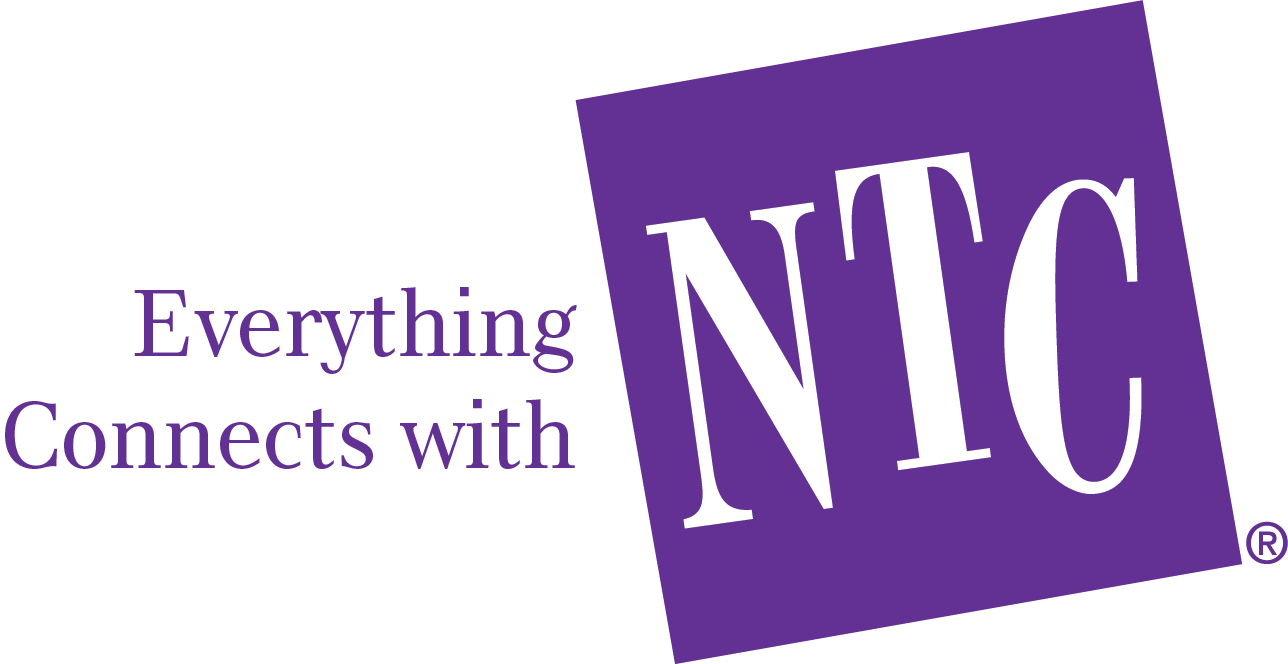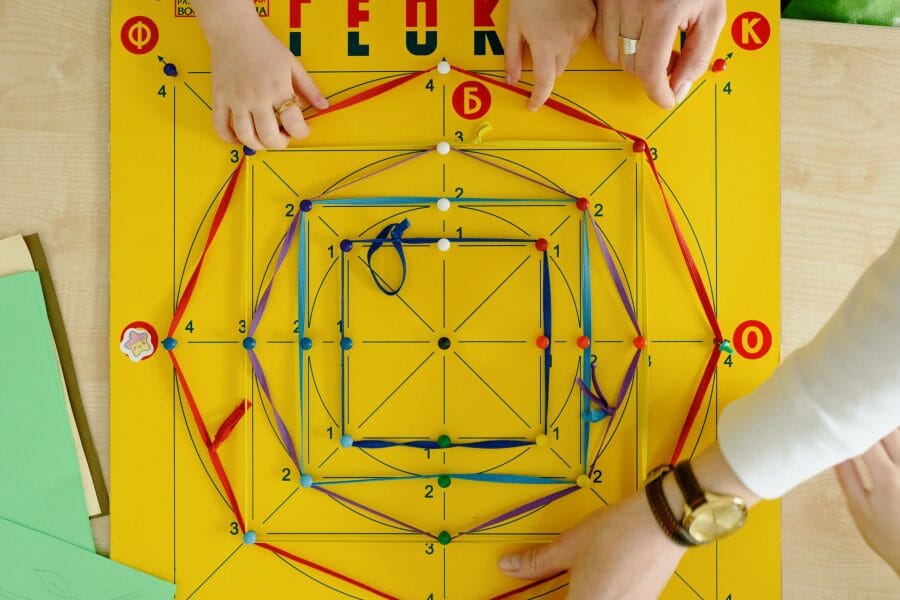Students have a wide range of interests, but one thing almost every student enjoys on some level is a game. Whether a tabletop board game or a video game or something in between, almost everyone has had the chance to play and enjoy a game at some point.
By breaking down the theory behind games, we can see how to gamify your classroom. Why gamify? It can improve outcomes for students across the achievement spectrum and create genuine excitement for the subject matter being taught.
Games can reinforce knowledge, introduce new subject matter, encourage investment in classroom activities, and more. But how does the gamification of education work?
What Is Gamification in Education?
The concept of gamification involves taking elements of game theory and applying them to areas outside of the gaming world.
So to define gamification in schools: elements of game theory are applied to educational principles and goals. This goes beyond playing a simple trivia game as test preparation. Gamification in schools touches every part of the classroom learning experience.
By borrowing ideas from video games, enthusiasm for a subject grows within the classroom and a learning environment that students perceive as fun is created. Students learn best when they are happy and invested. A fun environment fosters both of those feelings.
Gamification incorporates elements such as task achievement, point scoring and scoring tables, competition, and teamwork to help lessons and concepts stick with students and deepen the learning process.
Examples of Gamification
It is all well and good to talk about adding game theory elements to education, but what does it look like? What are some of the ways gamification of education can benefit learners? How does gamification really work?
One gamification in education example is putting up a leaderboard. This is a method to encourage sustained engagement by giving out points based on academic and non-academic achievement without posting grades.
Students can earn points and rewards such as badges for various accomplishments. These can include points for in-class discussion participation, completing a number of assignments or quizzes, following guidelines for finding and citing strong sources when writing, and so on.
A leaderboard can be molded to fit any age group and can be customized to any class. It does not strictly reward high academic achievers, so it will not alienate students who may be struggling— it can even inspire them to stay invested in class because they can see that they are making significant progress. In this way, gamification appeals to a broader spectrum of learners.
Another way to bring gamification into a classroom is through the incorporation of role-play and imagination. This method can put students in the shoes of historical figures, or engage them in mock trials as plaintiff, defendant, judge, and jury. It allows students to dive into the specifics of what they are learning through imaginative play.
Many video games will track multiple statistics and achievements that a player accrues on any given level. Giving students a breakdown of their progress along with sustainable rewards as they “level up” can foster self-reflection and personal goal setting. It is also another method in how to gamify your classroom.
This is all just the beginning. The gamification of learning and instruction can incorporate all manner of concepts from games. This can include creating a narrative, scaffolded learning challenges that increase in difficulty along with student level, competition, immediate feedback and fun.
How To Gamify Your Classroom and the Benefits of Doing it
Beyond making the classroom a more fun place to be, what are some specific benefits of gamification? How do these elements of game theory manifest themselves when looking at educational outcomes?
As previously mentioned, many students benefit from seeing a visual representation of the progress they’ve made throughout a lesson. It gives a sense of progress and momentum that can otherwise be lost.
Students also get a sense of ownership of their education and are less afraid to try something that may not work. Fear of failure is a problem, but in a gamified setting, students can often just try again if at first they don’t succeed.
Sustained student engagement levels rise when a classroom is gamified because there’s always something to do to increase point totals or levels. There is always an outlet for effort.
Social interaction and collaboration/competition helps break down walls between students and can help foster a sense of community in the learning process that may not have blossomed otherwise.
Bringing Gamification to Education
When looking at how to gamify your classroom, it’s important to understand available tools to assist in the process. This can be in the form of subject areas, lesson ideas and games to incorporate into the curriculum.
This is where NTC offers a great deal of assistance. While we are known for our live performances in schools around the country, we also offer supplementary educational materials and tools to facilitate learning on important subjects.
Our live performances provide fun, engaging lessons about water conservation, money management, energy efficiency, STEM subjects, emergency preparedness and more. Each subject has a corresponding performance for multiple age groups.
Additionally, we provide supplemental materials to heighten the learning of these subjects long after the curtain has lowered on a performance. One of these supplemental tools is gamification.
For example, NTC’s Power Play uses the concepts of an escape-room to teach lessons on conservation. When students engage with Power Play’s interactive resources, the benefits of gamification in the classroom reinforce the learning experience.
Power Play encourages critical thinking, collaboration, creativity and communication. It puts students into small groups and lets them work together on a variety of challenges that reinforce the subject matter at the heart of the conservation lesson.
It is through these supplemental educational materials that NTC is able to leverage the best of gamification and creative digital resources, such as e-books and quizzes to encourage engagement and bolster learning.
The best part is that these resources are designed to be easily integrated into existing digital platforms and web pages.
It’s Time to Play
Gamification in education is a great way to drive sustained student engagement. It reinforces core lessons while fostering a sense of fun.
There are many ways to incorporate gamification into the classroom. Whether through the use of games to test knowledge or to encourage positive behaviors, students can benefit from gamification in their learning.
Giving students a way to quantifiably measure their progress outside of grades can be a wonderful motivator— especially when that progress is not just based on academics.
Looking at how to gamify your classroom, it is beneficial to remember that the more resources available to leverage the benefits of gamification, the better. NTC’s gamified lessons and digital resources are a great way to bring these benefits to learners and help make the lessons they are learning stick.
Bringing student investment, collaboration, and fun into the classroom by gamifying lessons is a win-win for students and educators. Wouldn’t you like to play a game?






